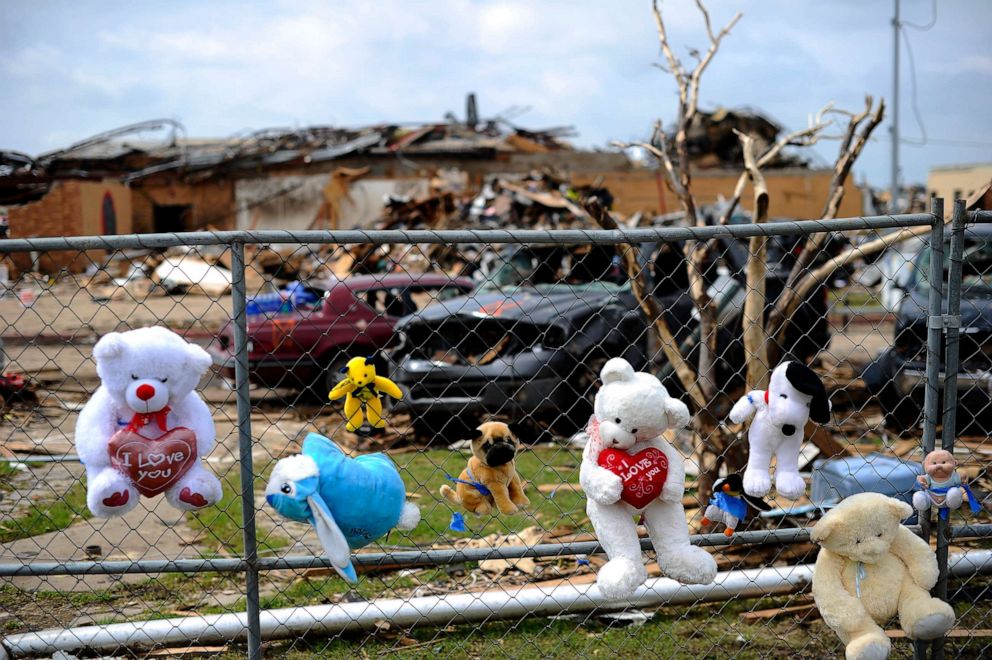Tornadoes are one of the most destructive natural disasters that can strike a community. These powerful storms can cause extensive damage to homes, businesses, and infrastructure, leaving communities in disarray. However, some cities have been able to successfully rebuild after tornadoes, providing a roadmap for other communities to follow.
Two cities that have been successful in rebuilding after tornadoes are Joplin, Missouri, and Tuscaloosa, Alabama. Both cities were hit by devastating tornadoes in 2011, but they were able to rebuild and recover with the help of their communities and innovative rebuilding strategies.
Joplin, Missouri, was hit by an EF5 tornado on May 22, 2011. The tornado destroyed more than 7,000 homes and businesses and killed 161 people. However, the city was able to rebuild quickly thanks to a coordinated effort between the government, private sector, and community organizations.
One of the key strategies used in Joplin’s rebuilding effort was the creation of the Joplin Tomorrow program. This program brought together community leaders, business owners, and residents to develop a long-term plan for rebuilding the city. The plan included initiatives to attract new businesses and residents to the area, as well as strategies for rebuilding homes and infrastructure.
Another successful strategy used in Joplin was the use of modular homes. These homes were pre-fabricated off-site and then transported to Joplin for assembly. This allowed for faster construction times and lower costs compared to traditional home building methods.
Tuscaloosa, Alabama, was hit by an EF4 tornado on April 27, 2011. The tornado destroyed more than 12% of the city’s buildings and killed 53 people. However, the city was able to rebuild quickly thanks to a similar coordinated effort between the government, private sector, and community organizations.
One of the key strategies used in Tuscaloosa’s rebuilding effort was the creation of the Tuscaloosa Forward plan. This plan was developed with input from residents, business owners, and community leaders and included initiatives to rebuild homes, businesses, and infrastructure. The plan also included strategies to make the city more resilient to future disasters.
Another successful strategy used in Tuscaloosa was the use of public-private partnerships. These partnerships allowed for faster and more efficient rebuilding efforts by leveraging the resources of both the public and private sectors.
The success of Joplin and Tuscaloosa’s rebuilding efforts provides a roadmap for other communities to follow. By creating coordinated rebuilding plans that involve input from residents, business owners, and community leaders, cities can rebuild quickly and efficiently after tornadoes. Additionally, the use of innovative building methods such as modular homes and public-private partnerships can help to lower costs and speed up construction times.
In conclusion, rebuilding after tornadoes is a challenging task, but it is possible with the right strategies and community involvement. The successful models of Joplin, Missouri, and Tuscaloosa, Alabama, provide valuable lessons for other communities facing similar challenges. By following their lead, cities can rebuild stronger and more resilient than ever before.



